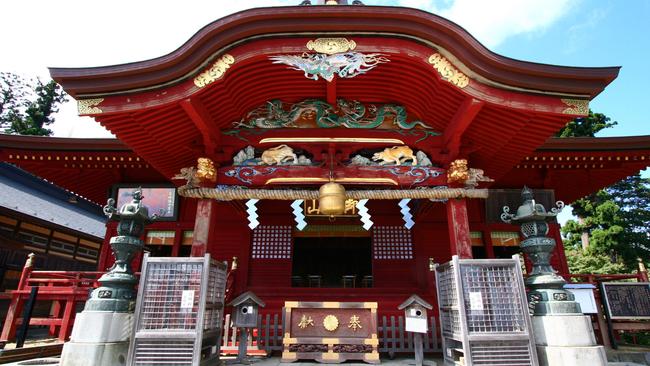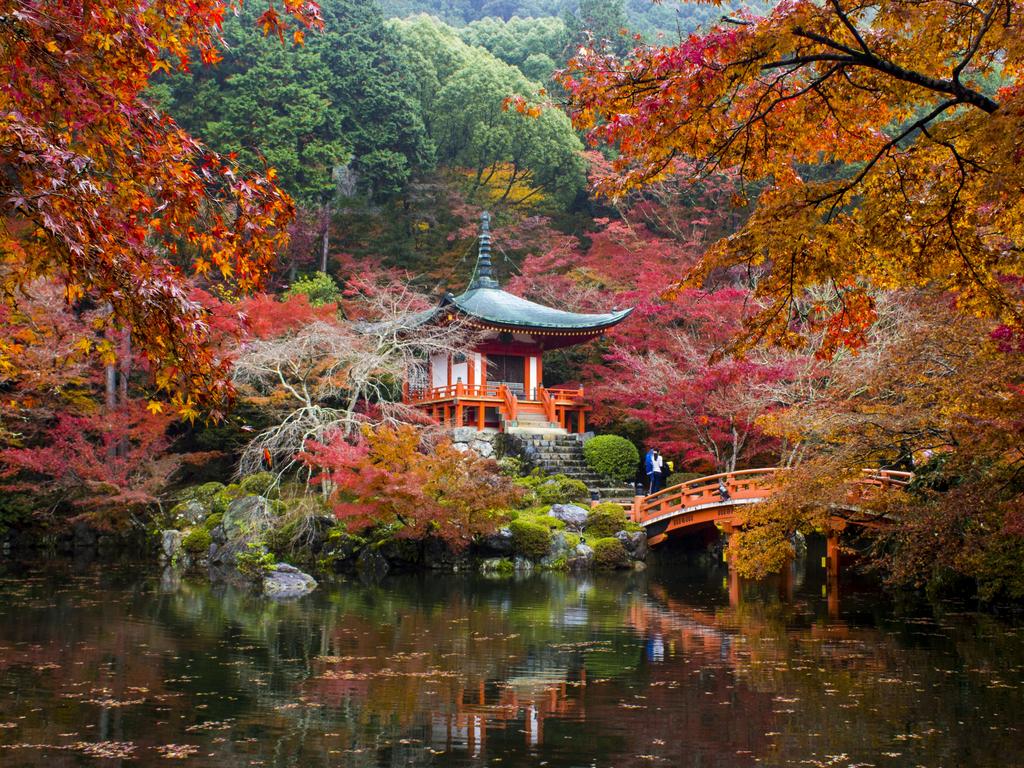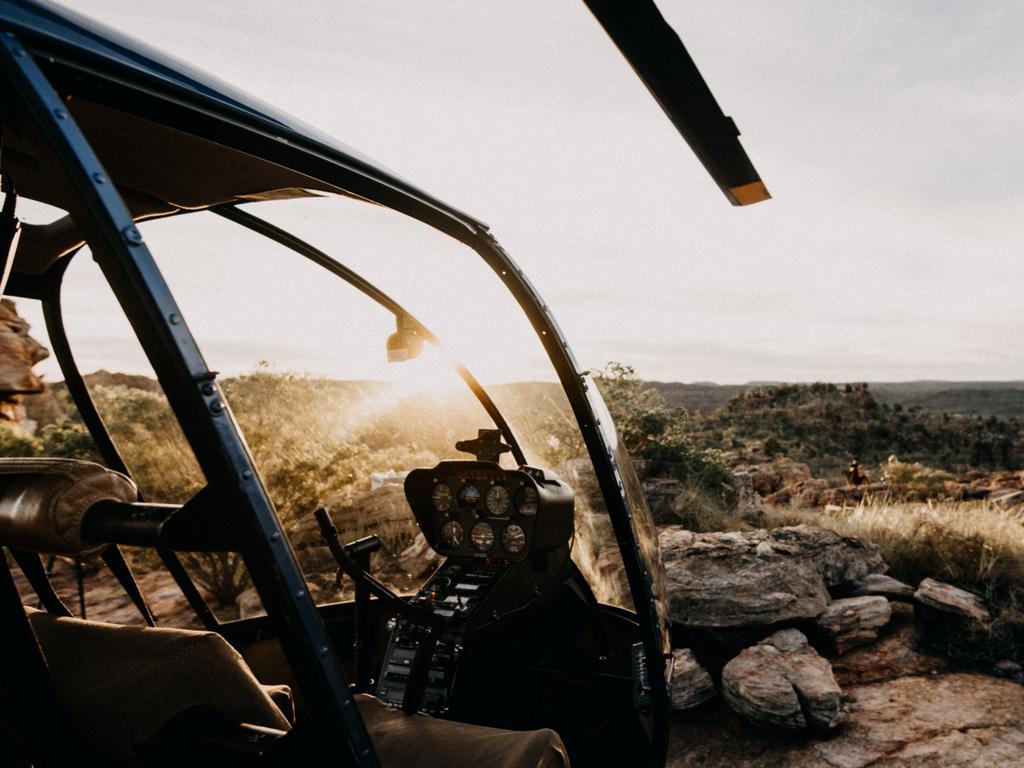Get a blessing for your pet at a sacred mountain in Japan
Ensure your beloved dog won’t have to deal with evil spirits, misfortune, illness and thieves at Mt Mitake in Tokyo.

On the climb up Mt Mitake, Tokyo’s sacred mountain, I hear the constant tinkling of bells. At first, I suspect they belong to the procession of spitz, terrier and shiba inu dogs heading up to the summit, but my guide, Momoko Nakata, explains that Japanese hikers carry bells to ward off bears.
“I don’t know if it works,” she admits.
As for the dogs, they and their owners are on a pilgrimage to Musashi-Mitake Shrine, which is located at the top of the 929m high mountain where kami (spirits) dwell. It was established as a place of worship during emperor Sujin’s reign (97BC-30BC) and one of the many deities enshrined here is known as Oinu-sama, or the god of Japanese wolves.
While these canines are now extinct, the connection endures in the Japanese word for dog (inu), in the fearsome stone statues that guard the various shrines, and in the belief that this site bestows blessings upon modern-day hounds.
Mt Mitake is located within a 1250sq km of gorges and primeval forests, barely two hours from fast-paced and hi-tech Tokyo. To get there, we take a combination of trains, followed by a bus and cable car. The latter has an allocated spot for pets, plus signage suggesting that dogs, cats and even chickens are welcome.

The cable car takes us as far as Mitakesan station, located at an elevation of 831m. From here, the main path serves as a gateway to hiking trails that traverse unspoiled wilderness – hence the bells for the bears – to waterfalls, rock gardens and neighbouring peaks.
Some of the longer hikes involve steep ascents, rocky scrambling and other challenges, but we’re short on time. So, for the next 20 minutes, we follow the paved path to Musashi-Mitake Shrine, up stone staircases, past lodging houses for priests and pilgrims, and under the shade of a 1000-year-old tree strung with white rope. Upon arriving at the ornate red worship hall, Nakata instructs me how to pray, Shinto style.
“Throw in coins,” she says, indicating a receptacle out front, tossing in some shrapnel of her own. “Then two bows, two claps and make a wish.” As I close my eyes and wonder how to whittle my wishes down to just one, the reverberating boom of a drum followed by the full-throated chanting of a Shinto priest make me jump. We listen, entranced, as another worshipper inside the hall has a prayer read for him.
Like the strips of paper that bear fortunes (omikuji), this additional service is available for a fee. Even dogs can request special ministrations. For 3000 yen ($31), a Shinto priest will pray for your pooch or, for more, perform a pet exorcism. My dog isn’t with me, but I purchase a small amulet (omamori) for her for 300 yen to ward off thieves, misfortunes, evil and illness.
After exploring other shrines scattered around this holy precinct, we wander back to Higashibaba, a traditional Japanese home with distinctive thatched roof built in 1866. Its heritage significance means it is listed as a Tangible Cultural Property of Tokyo. Owned by the Baba family, whose head is a Shinto priest, the home also operates as a guest house and tea rooms. Pulling up cushions on the tatami floor, we order onigiri (rice balls), mochi (rice cakes) and pots of green tea.

After retracing our route back down the mountain, we walk alongside the winding Tama River. Popular with kayakers, white water rafters and anglers, the river’s crystal-clear emerald waters empty into Tokyo Bay 60km away.
Our destination is the 300-year old Ozawa Shuzo brewery producing Sawanoi sake – which, if I understand correctly, is to Tokyo what XXXX beer is to Brisbane. “Kanpai!” We clink our glasses together to celebrate a day of shinrin-yoku (forest bathing) and communion with spirits in every sense of the word.
In the know
Mt Mitake is about two hours by train from central Tokyo. Independent travellers should take the JR Ome Line, disembark at Mitake Station, and ride the Nishi Tokyo bus to the cable car. The cable-car ride takes about six minutes; from there, it is 30 minutes walk to Musashi-Mitake Shrine.
Denise Cullen was a guest of the Tokyo Convention & Visitors Bureau.





To join the conversation, please log in. Don't have an account? Register
Join the conversation, you are commenting as Logout